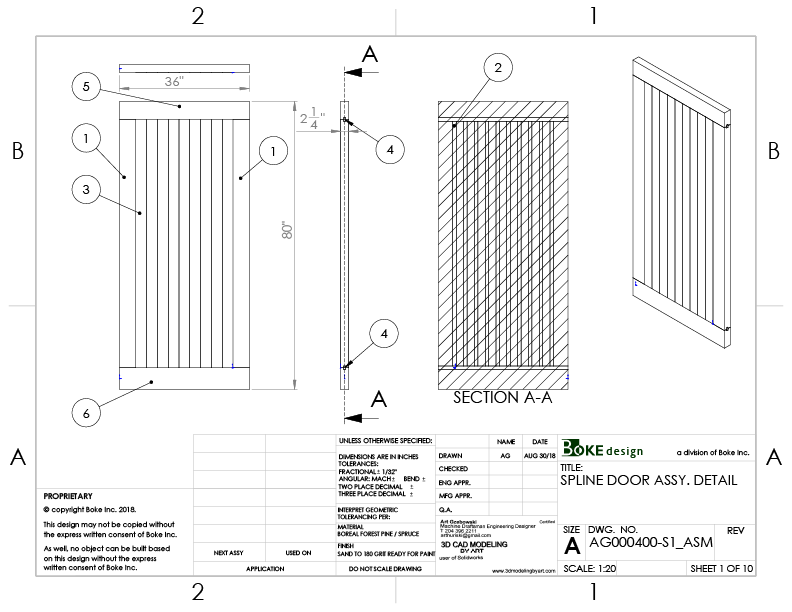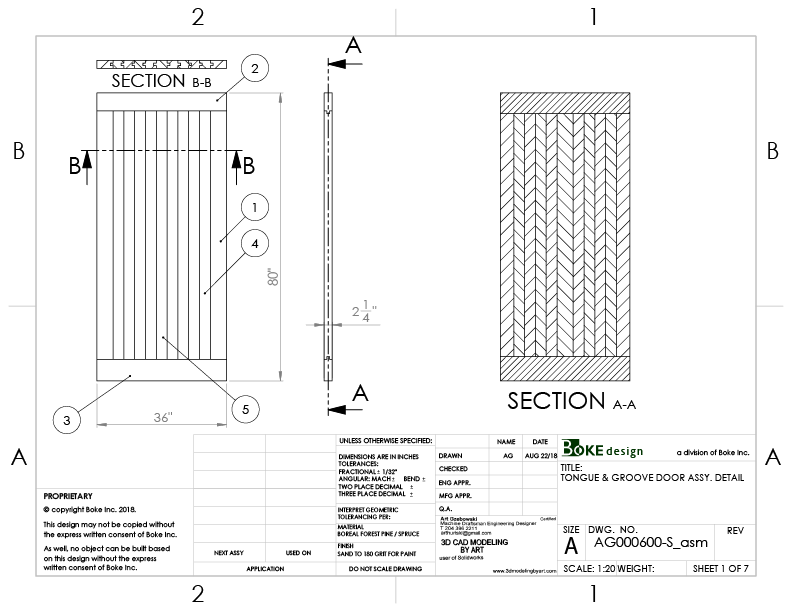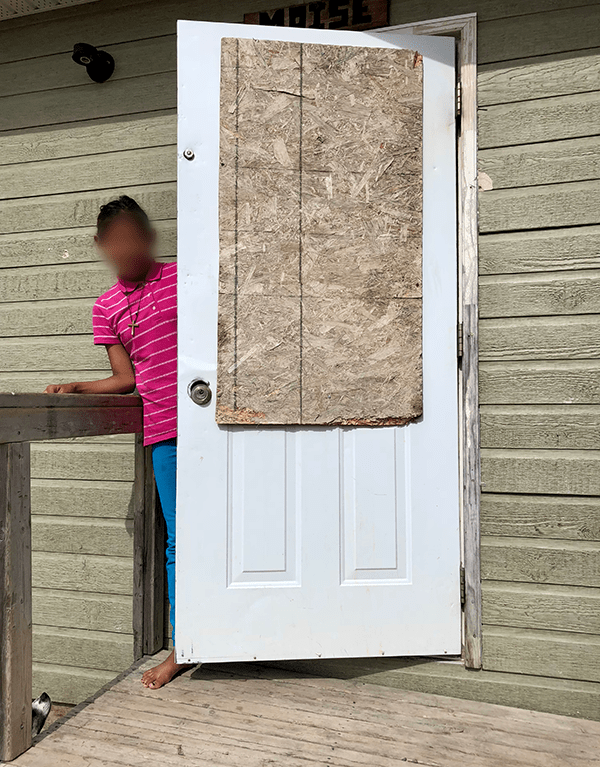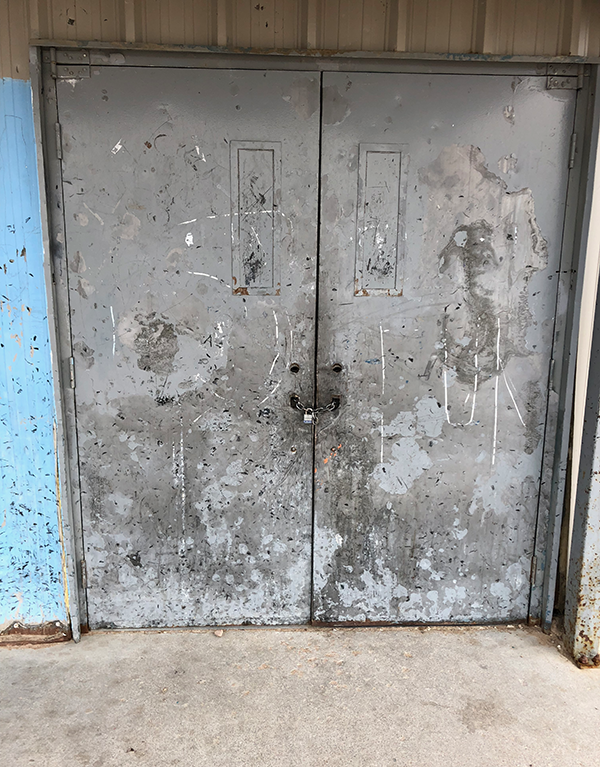Doors are a perennial problem in many northern Canadian communities, including many in the Taiga Shield Ecozone.
Both exterior and interior doors are often of poor quality and easily damaged. They are expensive to buy and to ship. When they are damaged, instead of replacing them, repairs are often improvised, reducing security, reducing insulating value, and creating an eyesore.
Even steel doors—often purchased and installed in the hope of improving security—are problematic. Purchasing, shipping, and installing a steel door in a remote community can cost more than $1,000! And repairing them is usually impossible with locally-available tools and materials.
As well, when doors are replaced, the old, discarded door must be shipped south for recyling, further adding to their expense. If they’re not shipped south, they contribute to the community’s waste build-up.
What is proposed here are four variants of a heavy-duty wooden door that could replace exterior doors:
- Cross-Laminated
- Spline
- Tongue & Groove
- Mortise & Tenon
1. Cross-Laminated

|
2. Spline

|
|
|
|
3. Tongue & Groove

|
4. Mortise & Tenon
 |
All of these variants can made from local materials and can be constructed by local people in a basic woodworking shop.
(If the community school already has a woodworking shop, they could be constructed there, using basic shop tools, either as a student project or in the evenings. If the school does not have a shop, funding to buy the needed tools could probably be secured, with at least some of the funding coming from money that would otherwise be spent on buying and shipping in doors.)
One of the design innovations proposed here is that the heavy wooden door be hung as the exterior door, with second, lighter interior door added. (2-door systems are common in net-zero homes.) This lighter interior door could have a screen insert for summer.
One approach for the overall Taiga Shield Shelter Project could be to start with building these wooden replacement doors before building a complete building.
This would address a current need in the community, while creating a project team and enhancing local skills.






